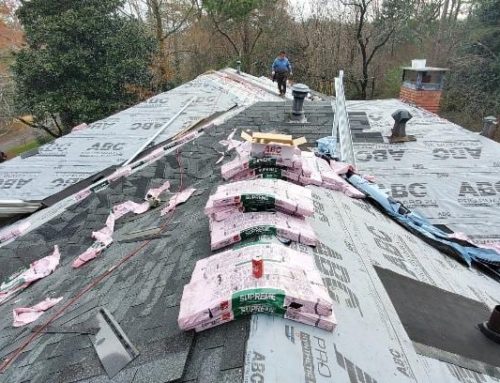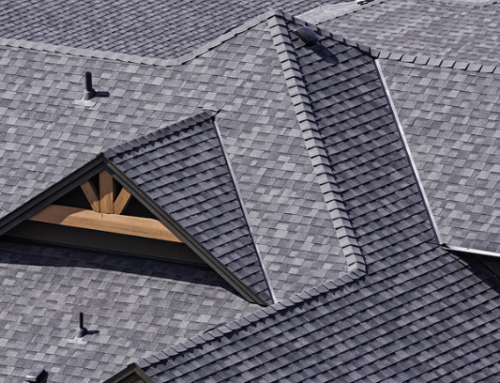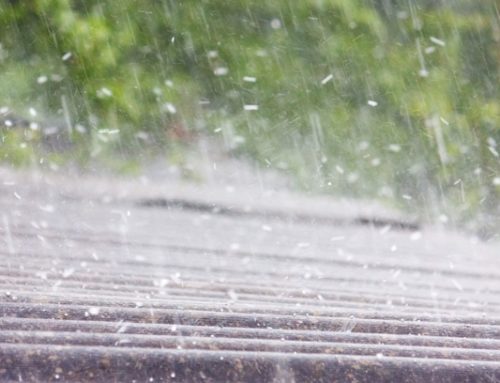
Roofing services are performed using a variety of methods. Some of these methods include the use of roofing tar. Roofing tar plays a number of important roles in built-up, and tar and asphalt types of roofs, and is used mainly on flat roofs. It is also commonly used as sealant and patch material on various types of roofing. Still, there are a number of disadvantages when using roofing tar. It can be an inexpensive option for a commercial or residential roofing company to use on a flat roof, but many roofers are now using more preferable materials.
What Is Roofing Tar?
Roofing tar is a thick, sticky, and waterproof type of tar that is especially suited for various roofing application. It is comprised of a type of refined coal tar and other petroleum additives. This tar is very durable and lasts for many years, while offering outstanding waterproofing protection. Roofing tar is available in a various formulas that are used in a variety of applications. It is also available in a few different colors so it matches roofing material better. Some tar formulas can also be painted over so they blend with the roofing.
How Is Roofing Tar Used?
Roofing tar is mainly used on flat or low-sloping roofs. Roofing services generally use it as an adhesive over which underlayment and other material is laid, such as on a built-up roof (BUR), or as a thicker layer mixed with asphalt gravel as the main roof protection. Because it is thin and more pliable when it is hot, and stiffer and less pliable when cold, tar is not suitable for use on roofs with more than a gentle slope since it can soften and drip. A commercial or residential roofing company may also use roofing tar to patch holes or cracks in a flat roof, or to seal around vent pipes and other roof protrusions as it makes a long-lasting, weatherproof seal.
The Pros and Cons of Roofing Tar
Tar has been used as a waterproof barrier on flat and low slope roofs for a long time. It is actually one of the first methods used to seal these type of roofs. Roofing services still use roofing tar today because it continues to have some advantages over other materials, those being: it is very inexpensive; easy to apply; extremely long lasting and durable; and, it is readily available. It is especially cost effective for protecting huge commercial buildings with large, flat roofs that can be a challenge to keep dry. Tar is also quite UV resistant, which slows down deterioration due to these harmful rays.
On the other hand, roofing with tar definitely has its downfalls. The most significant concern with roofing tar is that it is damaging to the environment, both in its manufacture and its disposal, since it is a toxic, petroleum-based product. Tar gives off toxic fumes while it is being applied, and for some time afterward. It must also be treated as hazardous material when disposed of. It can also be messy for roofing services to work with. Some companies are beginning to produce tars that are less harmful to the environment, but the bulk of the roofing tar available today is the basically the same formula that it has always been.
Roofing tar has been a staple component used in roofing services for many decades. When applied to flat and low sloping roofs by commercial or residential roofing companies, it makes an inexpensive, reliable roof surface. Low cost is the main benefit of roofing tar; but because of its environmental impact, many building owners choose other, more sustainable options for their flat roofs. Still, tar remains to be one of the most affordable options roofing services can install on larger commercial buildings!
Need A Residential Roofing Company In Bryan TX?
Turn To Done Right Roofers For All Your Roofing Services!
Call 979-464-6655!
Additional Articles:
Solar Roofing Systems - Panels or Thermal Systems?
Commercial Roofing Material - Understand the Different Types!
What is Considered a Sustainable Roof?





